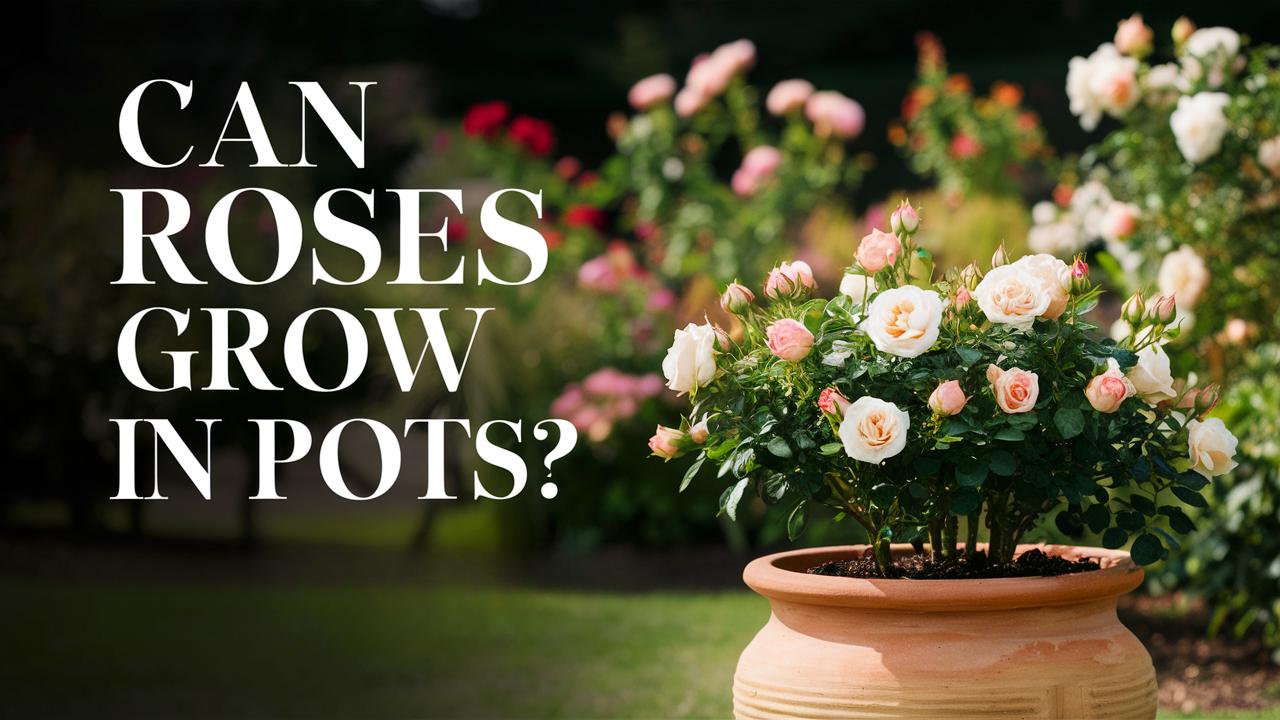Can roses grow in pots? The answer is a resounding yes! In this guide, we will explore how to successfully grow roses in pots, ensuring that you can bring the beauty of these flowers to your outdoor or even indoor living spaces.
Understanding Roses and Their Growing Needs
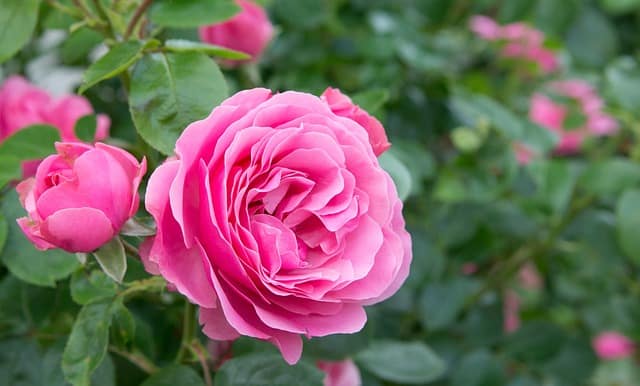
Before diving into the logistics of growing roses in pots, it’s essential to understand roses and their requirements. Roses belong to the genus Rosa and encompass a wide variety of species and hybrids, ranging from climbing roses to miniature varieties. Each type has its unique needs regarding light, water, soil, and temperature.
Light Requirements
Roses thrive in full sunlight, typically needing at least six hours of direct sunlight each day. This aspect is crucial when selecting a pot location. A sunny balcony or patio can provide the optimal environment for your potted roses.
Watering Needs
Proper watering is vital for the health of potted roses. While roses need consistent moisture, overwatering can lead to root rot. A good rule of thumb is to check the soil moisture by sticking your finger about an inch into the soil. If it feels dry, it’s time to water, ensuring that excess water drains out of the pot.
Soil Composition
Roses prefer well-draining soil enriched with organic matter. A mixture that includes potting soil, compost, and perlite or vermiculite works best. This blend ensures that the roots receive adequate nutrients while preventing water retention that can suffocate them.
Temperature and Protection
Most rose varieties flourish in temperate climates, ideally between 60°F to 70°F (15°C to 21°C). In colder climates, you might need to protect your potted roses from frost by moving them indoors or to a sheltered location during winter months.
Selecting the Right Rose for Container Growing
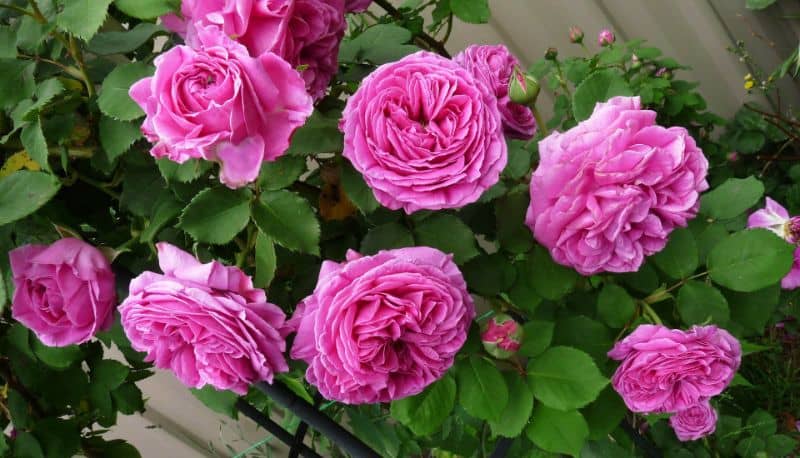
When considering which roses to grow in pots, choosing the right variety is crucial for success. Here are a few types of roses that are particularly suitable for container gardening:
Miniature Roses
Miniature roses are perfect for pots due to their compact size, making them ideal for small spaces. They come in various colors and typically bloom from spring until fall. Miniatures are great for beginners as they require less care than larger varieties.
Patio Roses
Patio roses are bred specifically for container use. They exhibit compact growth and are resilient, making them a favorite among gardeners with limited space. These roses provide abundant blooms and often have a pleasant fragrance.
Climbing Roses
If you’re looking for vertical appeal, climbing roses can be grown in larger pots, provided they are given adequate support for their growth. Ensure your container is deep enough to accommodate their root system and large enough to provide stability for climbing.
Standard Roses
Standard roses feature a tall stem with a bloom on top and can add elegance to your patio or doorstep. While they require more considerable care compared to miniature varieties, they can certainly flourish in pots with the right attention.
Choosing the Right Container
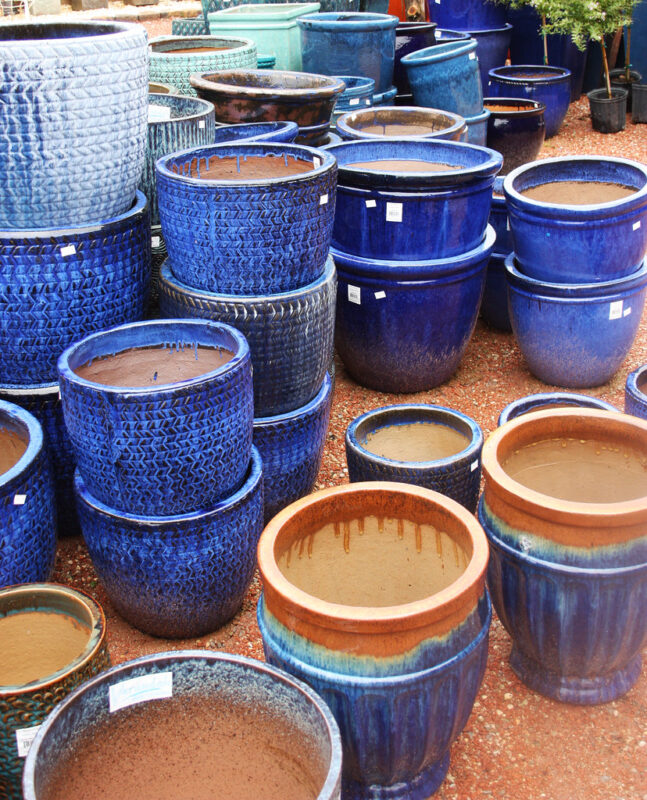
Selecting the appropriate container is as essential as choosing the right rose variety. Here’s a rundown of what to consider when picking a pot for your roses:
Size
The pot size is pivotal for healthy root development. A container that’s too small can suffocate the root system, leading to stunted growth. Ideally, you should choose a pot that is at least 12 to 16 inches deep and wide. For larger rose varieties, consider pots that are 18 inches or more in diameter.
Drainage
Good drainage is imperative for potted roses. Ensure your container has ample drainage holes at the bottom to allow excess water to escape, preventing root rot. If you’re using a decorative pot without holes, consider planting a smaller pot inside it to promote drainage and air circulation.
Material Matters
Containers come in various materials including clay, plastic, and ceramic. Clay pots are popular due to their ability to wick moisture away from the soil, but they can dry out quickly. Plastic pots are lighter and maintain moisture better, making them suitable for roses in warmer climates. Choose a material that aligns with your local climate and your gardening style.
Planting Your Roses in Pots
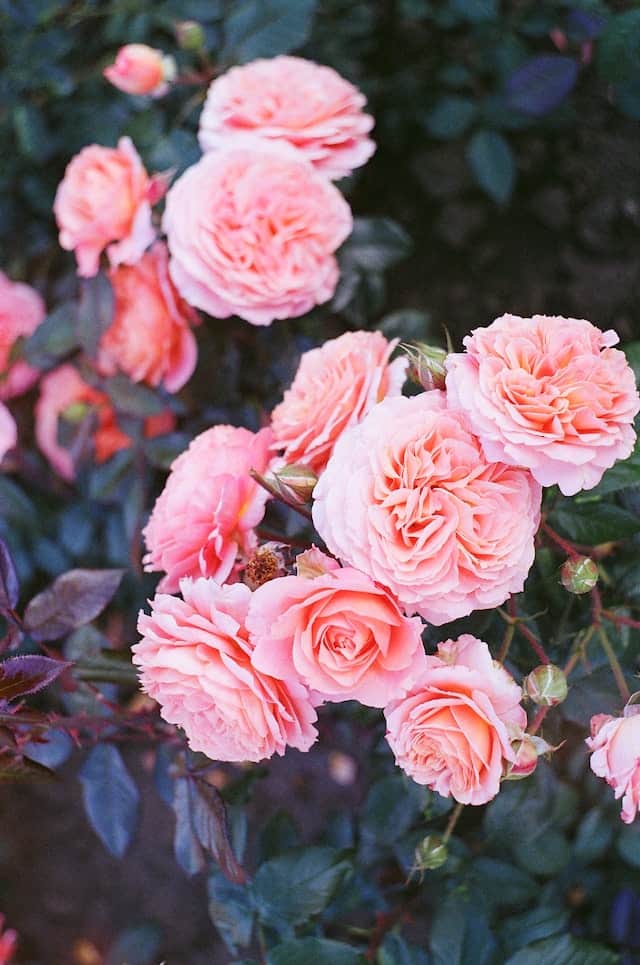
Once you’ve chosen your container and rose variety, it’s time to plant. Here’s a step-by-step guide to ensure you get it right:
Prepare the Pot
Start by ensuring the pot is clean and free from any previous soil or plant residues that could harbor pests. If you’re using a clay pot, you might want to soak it in water for a few hours to prevent it from drawing too much moisture from the soil upon initial planting.
Add Soil
Fill the bottom of the container with a layer of well-draining potting mix. This base will help with drainage and provide initial nutrients for the plant.
Position the Rose
Gently remove the rose from its nursery pot, being careful not to disturb the roots too much. Position the plant in the center of your pot, making sure that the graft union (the swell in the plant where the rose variety is grafted onto the rootstock) is slightly above the soil line.
Fill and Pack
Add more potting mix around the sides of the plant, packing it gently to eliminate air pockets. Avoid pressing down too hard, as this can compact the soil and hinder root growth. Water the plant thoroughly after planting to help settle the soil.
Caring for Potted Roses
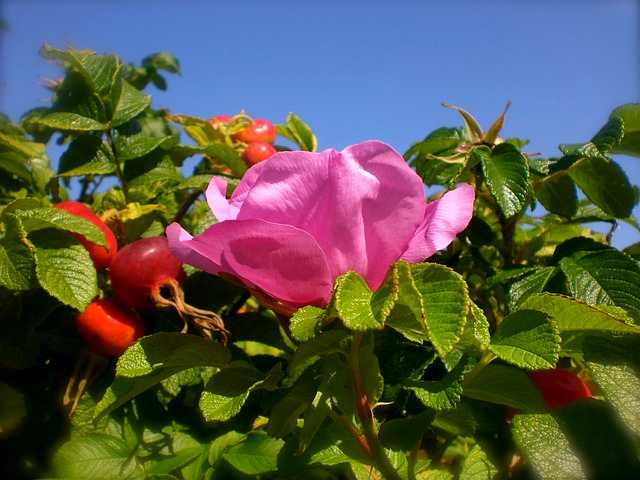
Growing roses in pots requires consistent care to ensure they thrive. Here are some key aspects of rose care that potted gardeners should focus on:
Watering
Watering should be done with care, keeping in mind the moisture needs of your specific variety. During hotter months, potted roses may need to be watered daily. Always check the soil moisture before applying water.
Fertilization
Roses are heavy feeders and benefit from regular fertilization. Use a slow-release fertilizer specifically designed for roses to provide balanced nutrition. Generally, fertilization should occur every 4 to 6 weeks during the growing season, from spring through late summer.
Pruning
Pruning is essential for maintaining the shape and health of your potted roses. For most varieties, prune in late winter or early spring when new growth begins. Remove any dead or diseased wood and shape the bush to encourage air circulation and sunlight penetration.
Pest Control
Potted roses are not immune to pests like aphids, spider mites, and whiteflies. Regularly inspect your plants for signs of infestation. Employ natural pest control methods, such as introducing ladybugs or using insecticidal soap, to manage pests without harming beneficial insects.
Winter Care
If you live in regions with cold winters, protect your potted roses from frost. You can move them indoors to a cool, well-lit area, or wrap the pots in burlap for insulation. Ensure that they still receive some indirect light during the winter months.
Benefits of Growing Roses in Pots
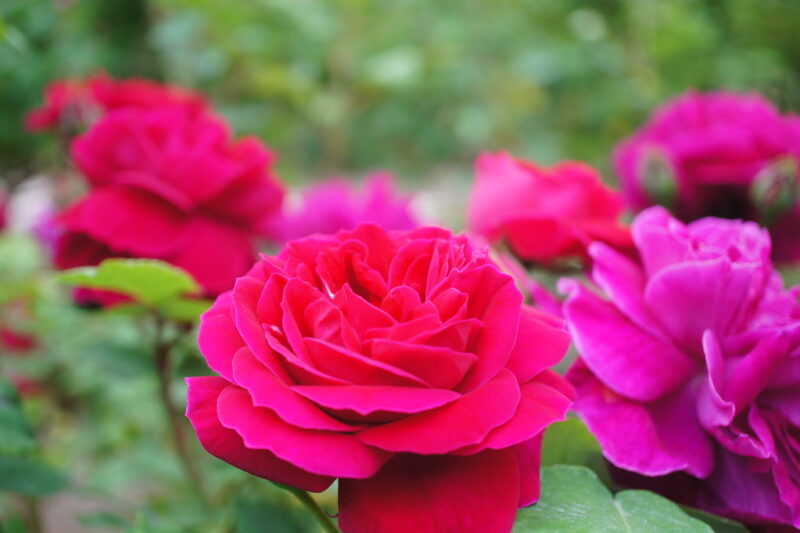
Growing roses in pots offers several advantages, making it a rewarding endeavor for many gardeners:
Space Optimization
Potted roses allow those with limited garden space to enjoy beautiful flowers without needing a full-scale garden. They can be placed on balconies, patios, or balconies, adding a touch of nature to urban living.
Mobility
One of the benefits of pot gardening is the mobility it offers. Potted roses can be relocated to follow the sun or to protect them from adverse weather conditions, allowing for greater control over their growing environment.
Customization
Potted roses add opportunities for creative expression. You can choose pots that complement your home’s exterior or create a beautiful display by mixing different rose varieties or combining them with seasonal flowers and foliage.
Longer Blooming Seasons
Roses in pots can sometimes extend the blooming period, as they can be transported indoors when temperatures drop or when conditions outside are not ideal. With careful temperature management and supplemental lighting, you can enjoy roses even during the off-season.
Challenges of Growing Roses in Pots
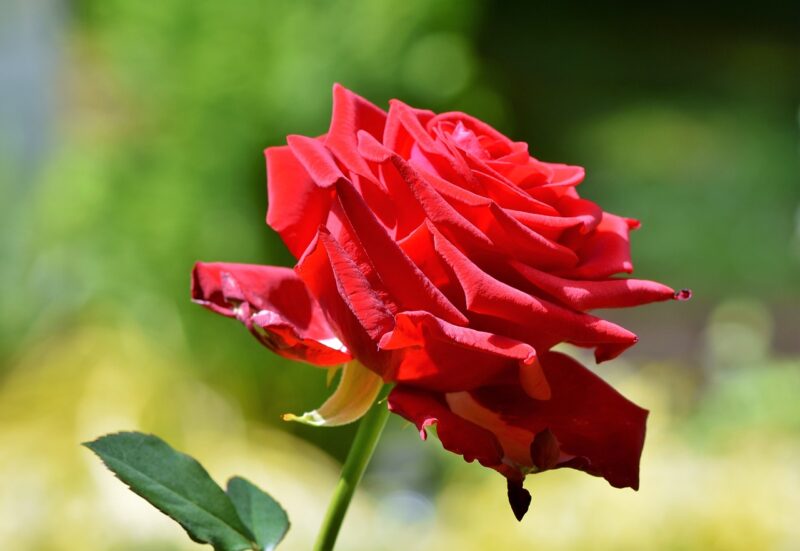
While growing roses in pots is rewarding, there are challenges that gardeners may face. Awareness of these potential issues can help you prepare and adapt:
Limited Root Space
Potted roses have restricted root systems compared to those growing in the ground. This limitation can affect nutrient availability and water access, necessitating careful monitoring and management of soil conditions.
Increased Vulnerability
Container-grown roses are more susceptible to temperature fluctuations, both hot and cold. Summer heat can dry out pots faster, while frost can threaten roots that are less insulated than those in the ground.
Maintenance Requirements
Growing roses in pots often involves more frequent watering, fertilization, and pest control than would be needed for roses planted in the ground. This increased maintenance can be daunting for new gardeners.
Conclusion
In conclusion, roses can undoubtedly thrive in pots, providing beauty and fragrance to any space. By understanding their growth needs, selecting the right varieties, containers, and care strategies, you can successfully enjoy potted roses regardless of your living situation.


